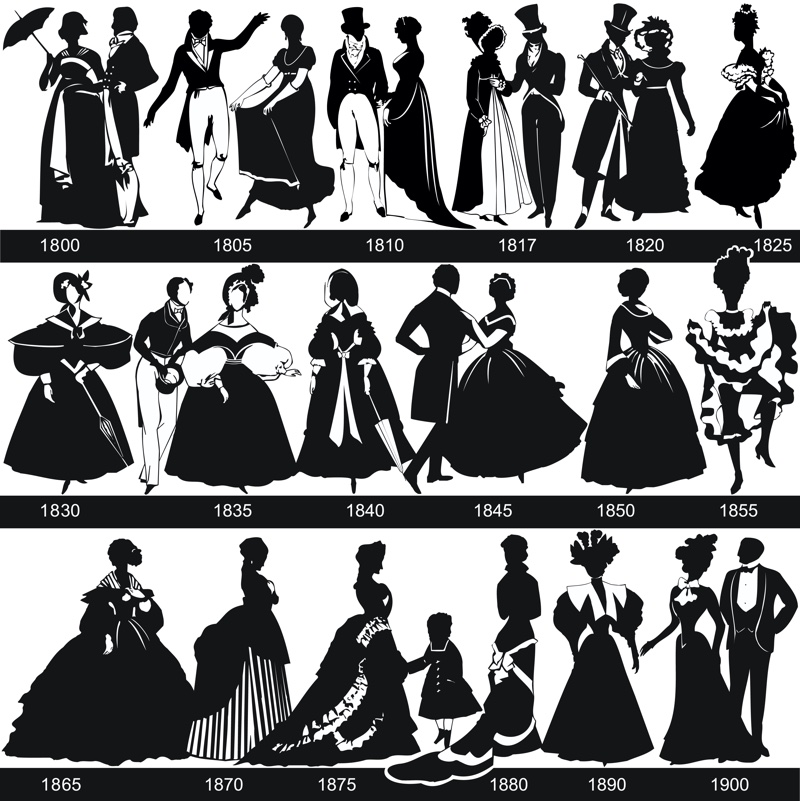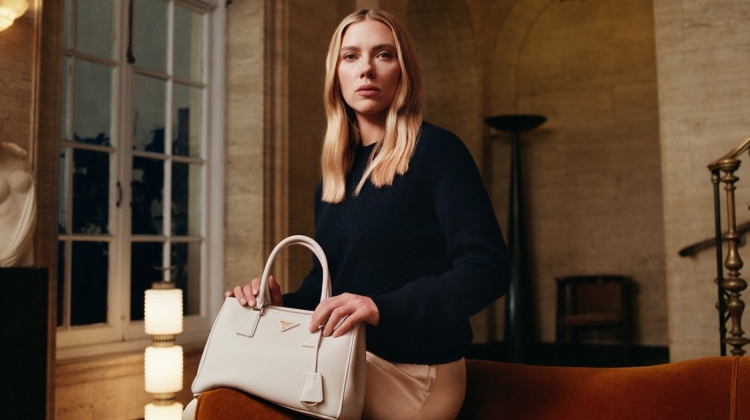
The skirt is one of the most versatile and iconic fashion garments. Dress a mini skirt up with heels and a nice top for date night or opt for a classic pencil skirt and blouse for an office look. The evolution of the skirt throughout history aligns with the development of feminism and women’s rights. So, the next time you wear your favorite skirt, remember all of the women and history that comes with the style as well.
Fashion and feminism have been intertwined throughout history. For a long time, fashion was the only way for women to express themselves and explore art. However, as we moved into the 20th Century, fashion became an outlet for women’s voices and a symbol of their power.
Women’s skirts tell a story of the most fascinating fashion trends in history. Here is how the skirt has changed over time and how the garment aligns with the rise of feminism.

19th Century
In the 19th Century, women were very much inferior to men in society and the fashion reflected this imbalance. Corsets were worn with long bell-shaped skirts to create the illusion of a tiny waist. Of course, these garments were largely uncomfortable and restrictive women – echoing the oppressive patriarchal society of the time.
The 1920s
Fortunately, women’s fashion started looking up after the First World War in the 1920s. The Prohibition Era was filled with knee-length skirts, dropped waists and, of course, flapper girls. It was a time of modernity, freedom and newfound hope for the younger generation. Women could drive, smoke and, finally, vote from 1918. These ‘new women’ wore skirts just below the knee with short, bobbed hair and pearls or beaded jewelry. Coco Chanel was a huge part of this progress in women’s fashion and remains a fashion household name today.
The 1930s
The Great Depression hit in the 1930s, and women’s fashion returned to the ‘feminine. Natural waistlines, long skirts and the invention of the halter neck came into women wardrobes in the 30s. Fashionistas attempted to rebel against the feminine trends with padded shoulder garments.

The 1940s and 50s
The Second World War drastically impacted the fashion world. Governments placed restrictions on the production and consumption of fashion, making it difficult for women to express themselves through clothing.
Women’s garments became more masculine than ever before, with knee-length skirts, shirts and jackets coming into fashion. Women were expected to work in traditionally male roles during the war. Trousers became popular as they were more practical for working conditions.
The 1960s and 70s
Feminism finally hit its second wave in the 1960s, and women began to gain freedom. Rock and roll music took centre stage, and the Pill was invented. As women found sexual freedom, their clothing became youthful, simple and easy to move in. Skirts became shorter and shorter, and the classic 60s mini skirt entered the world.

1980s
The 80s was all about female power suits and the career woman. Women began to reach higher positions in the workforce, and the gender divide slowly started to diminish. Women started ‘power dressing’ with feminine suits, padded shoulders and bold colors. Women wanted to stand out in the workplace and prove that they could have it all – a career, family and home.
The evolution of long bell-shaped skirts to 80s power dressing truly reflects the rise in feminism throughout our history.





